From Impact Investing to “Impact-First” Investing—What Is the Field Learning?
NonProfit Quarterly
JANUARY 15, 2025
The report notes that in their design, the funds vary greatly in terms of asset classes (small business, growth enterprises, real estate); sectors (agriculture, reproductive health, affordable housing, technology); and the size of individual investments (from a few thousand dollars each, to $1 million or more for a single real estate project) (16).






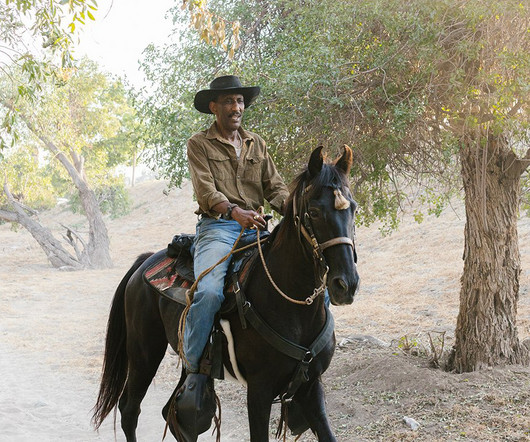



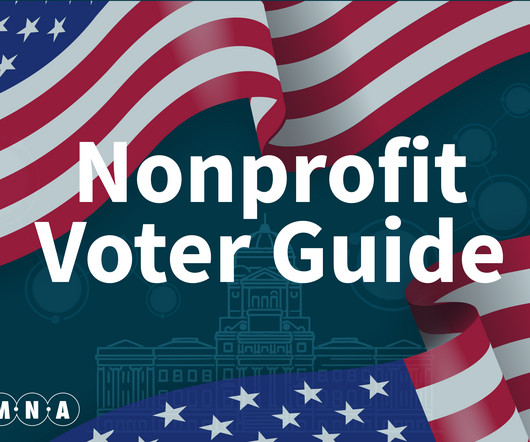
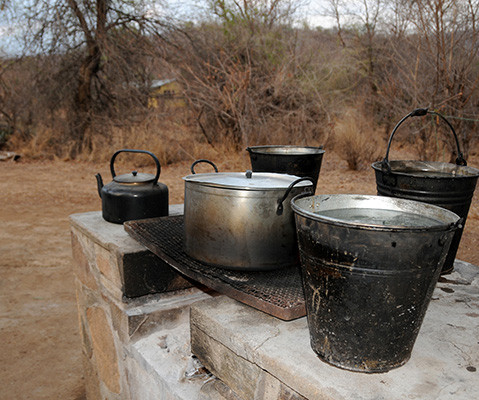

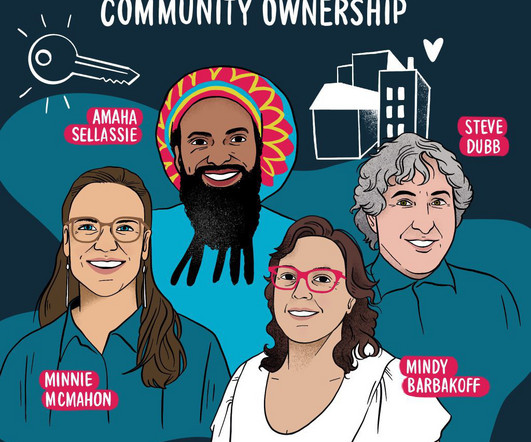

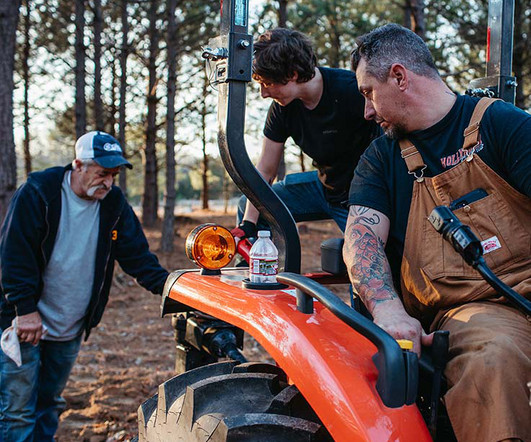







Let's personalize your content